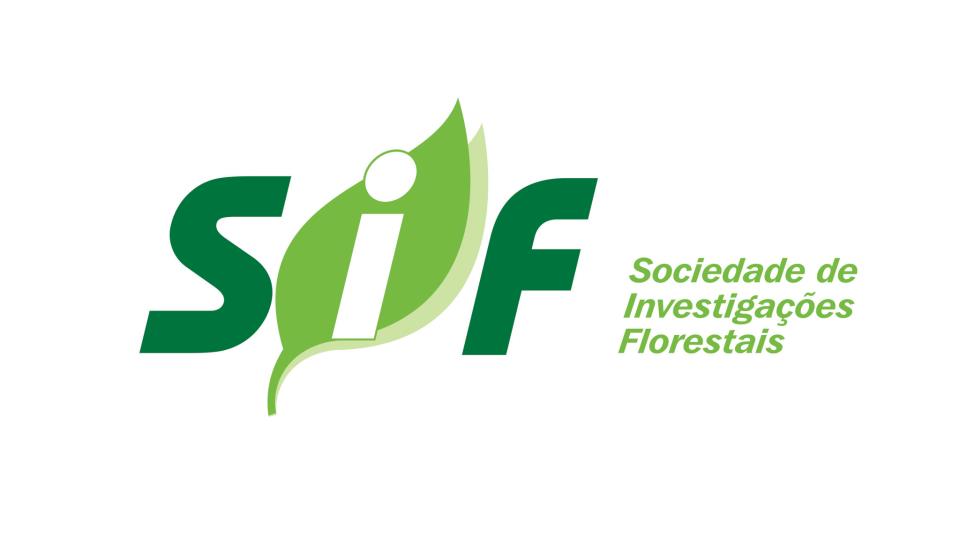Biblioteca Florestal
Digital
Digital
Desempenho operacional de um subsolador em função da estrutura, do teor de argila e de água em três latossolos

JavaScript is disabled for your browser. Some features of this site may not work without it.
| dc.contributor.author | Sasaki, Cassiano Massakazu | |
| dc.contributor.author | Gonçalves, José Leonardo de Moraes | |
| dc.date.accessioned | 2016-03-22T14:13:05Z | |
| dc.date.available | 2016-03-22T14:13:05Z | |
| dc.date.issued | 2005-12 | |
| dc.identifier.citation | SASAKI, C. M.; GONÇALVES, J. L. M. Desempenho operacional de um subsolador em função da estrutura, do teor de argila e de água em três latossolos. Scientia Forestalis, Piracicaba, n. 69, p.115-124, dez. 2005. | pt_BR |
| dc.identifier.issn | 2318-1222 | |
| dc.identifier.uri | http://www.bibliotecaflorestal.ufv.br:80/handle/123456789/17244 | |
| dc.description.abstract | Algumas pesquisas indicam que o teor de água e o tipo de solo são as variáveis edáficas que mais influem nas operações de preparo de solo(BAVERet al., 1972; CASSEL, 1979; McKYES, 1985; SRIVASTAVA et al, 1993). O amplo emprego do subsolador no cultivo mínimo e a falta de estudos científicos na avaliação do desempenho operacional de subsoladores motivaram a condução deste estudo, que teve como objetivo avaliar o desempenho operacional de um subsolador de haste parabólica em função do tipo de estrutura, do teor de argila e de água de três Latossolos: um Latossolo Vermelho Distróficotexturamédia(LVd-1), um Latossolo Vermelho Distrófico,texturaargilosa(LVd-2)e um Latossolo Vermelho Distrófico,textura muito argilosa(LVd-3). O subsolador foi avaliado por meio dos parâmetros volume mobilizado de solo (VMS), profundidade efetiva de trabalho (PET), largura efetiva de trabalho (LET), velocidade média de deslocamento (VMD), capacidade teórica de trabalho (CTT) e rendimento (R). Dentro dos limites de teor de água estudados, as variáveis VMS, LET, VMD, CTT e R indicaram que quanto mais seco era o solo, melhor o desempenho operacional do subsolador. Nos solos com estrutura em blocos (LVd-2) e com alto teor de argila (LVd-3) foram obtidos o maior VMS (com o solo mais seco) e o menor R (com o solo mais úmido). O LVd-1 foi o solo que apresentou a menor resposta aos tratamentos, em função de sua capacidade de suporte ser mais estável do que a dos outros Latossolos estudados. | pt_BR |
| dc.description.abstract | Some researches indicate that the soil moisture and type are the soil variables that present the most influence on the tillage operations(BAVERet al., 1972; CASSEL, 1979; McKYES, 1985; SRIVASTAVA et al., 1993). The large use of the subsoiler in the minimum tillage and the absence of scientific study about the evaluation of the operational performance of the subsoilers motivated the present study, which had as objective to evaluate the operational performance of a subsoiler with parabolic tine as a function of the soil structure, clay and moisture content of three Latosols: a sandy clay loam dystrophic Red Latosol (LVd-1) and two clay dystrophic Red Latosols (LVd-2 and LVd-3). The subsoiler was evaluated according to soil disturbed volume (SDV), work depth (WD), work width (WW), average speed (AS), theoretical work capacity (TWC) and efficiency(E). Between the moisture content limits studied, higher operational performance (SDV, WD, AS, TWC, and E) was obtained under low moisture content. The block structure of the LVd-2 and the high clay content of the LVd-3 resulted in larger SDV (when the soils were dryer) and larger E (when the soils were damper). The LVd-1 was the soil that presented smaller result variations, because its support capacity was more stable than that of the other studied Latosols. | pt_BR |
| dc.format | 10 páginas | pt_BR |
| dc.language.iso | pt_BR | pt_BR |
| dc.publisher | Instituto de Pesquisas e Estudos Florestais | pt_BR |
| dc.relation.ispartofseries | Scientia Forestalis:,n.69; | |
| dc.subject.classification | Ciências Florestais::Manejo florestal::Mecanização florestal | pt_BR |
| dc.subject.classification | Ciências Florestais::Silvicultura::Solos e nutrição florestal | pt_BR |
| dc.title | Desempenho operacional de um subsolador em função da estrutura, do teor de argila e de água em três latossolos | pt_BR |
| dc.title | Operational performance of a subsoiler as a function of the structure, clay and moisture content in three latosols | pt_BR |
| dc.type | Artigo | pt_BR |
Arquivos deste item
| Arquivos | Tamanho | Formato | Visualização | |
|---|---|---|---|---|
| Scientia_Forestalis_n69_p115-124_2005.pdf | 753.0Kb |

|
Visualizar/ |
|





